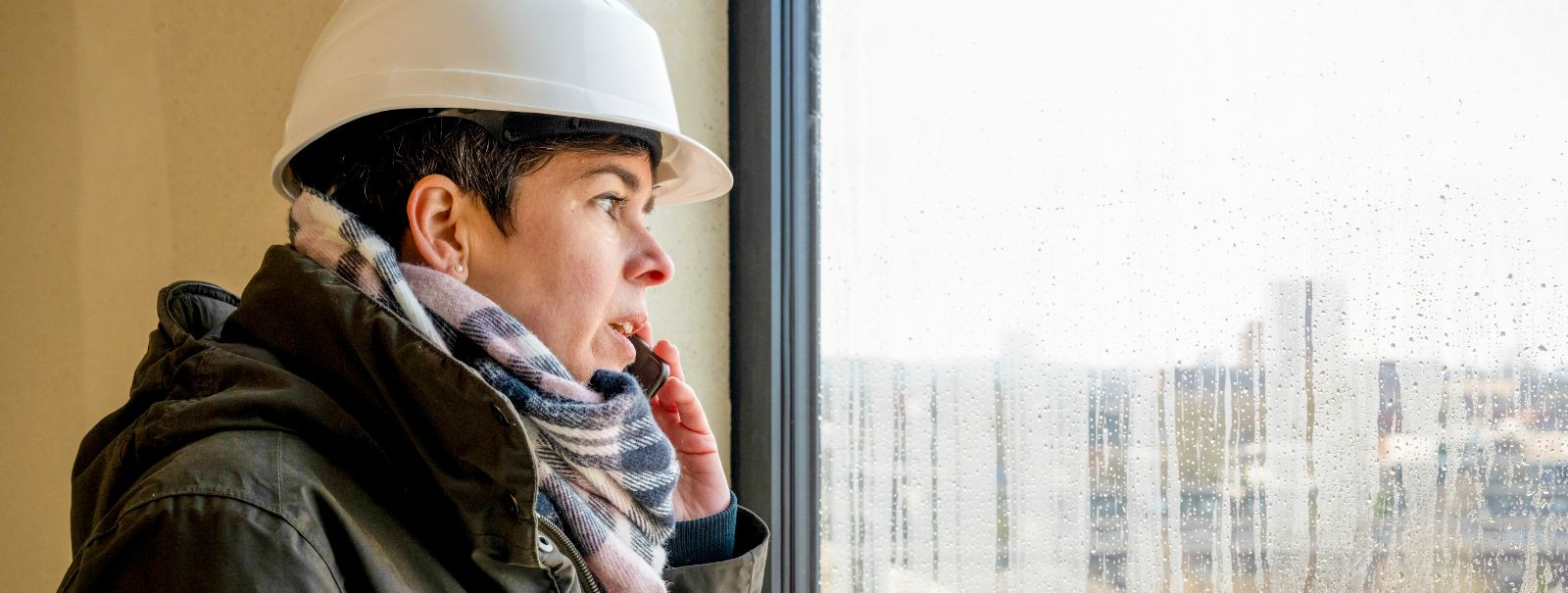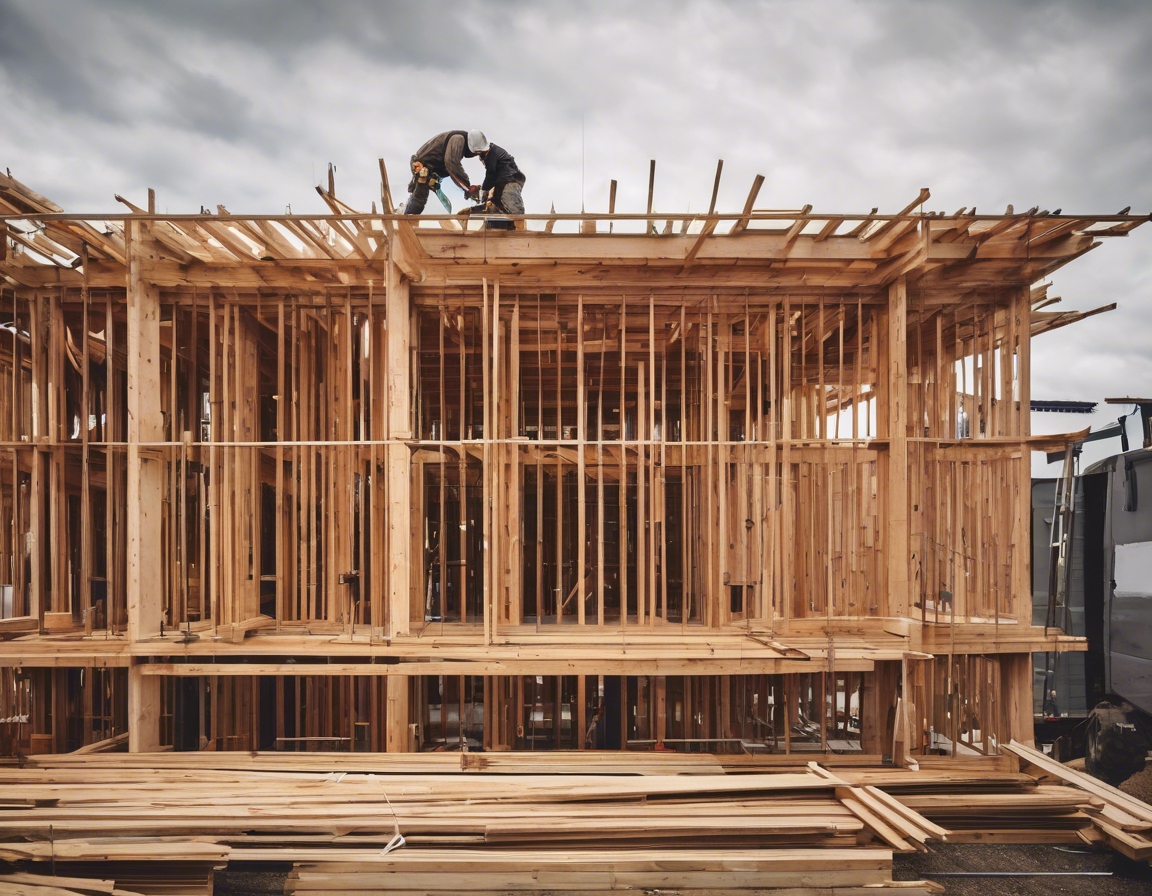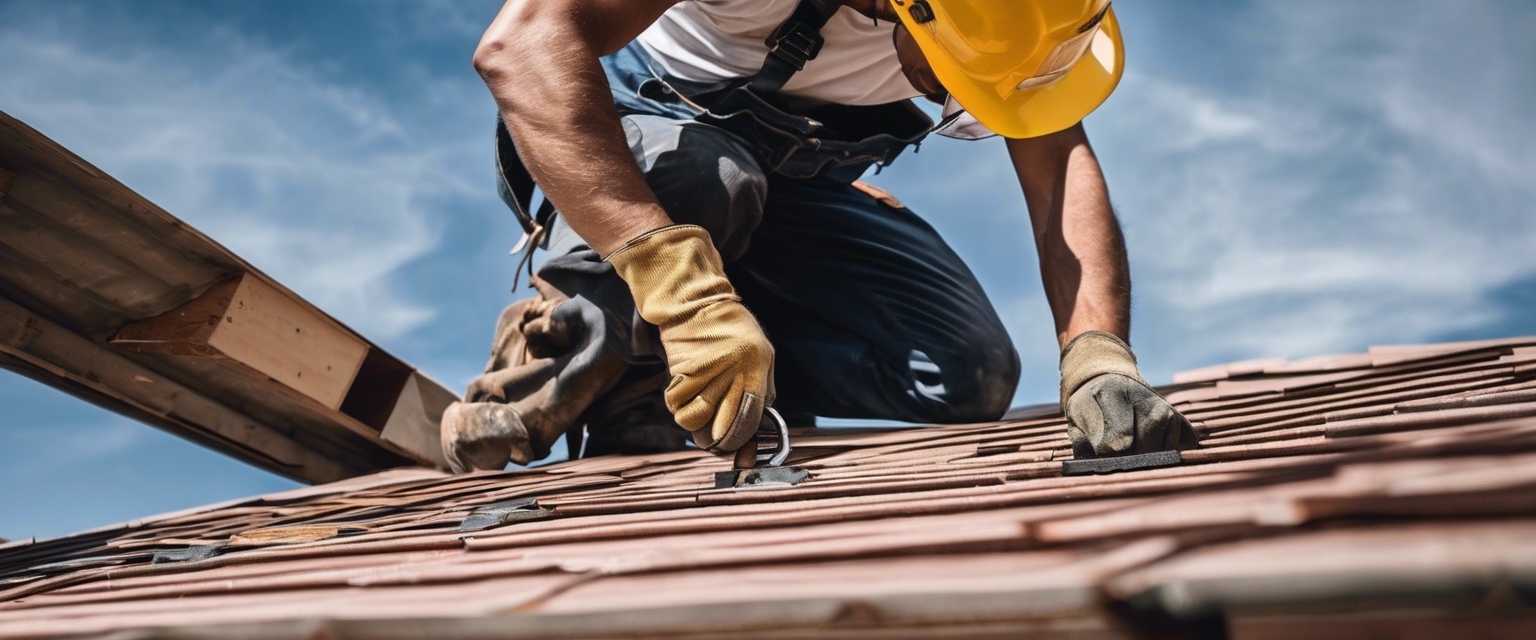The importance of moisture control in construction
Moisture control is a critical aspect of construction that ensures the longevity and integrity of buildings. It involves managing the presence and movement of moisture within building structures to prevent damage and maintain a healthy indoor environment. For homeowners and businesses, understanding the importance of moisture control can lead to more sustainable and durable construction practices.
Understanding the Sources of Moisture
External sources of moisture include rain, snow, and humidity. These elements can penetrate building envelopes through roofs, walls, and foundations if not properly sealed. Effective moisture barriers and drainage systems are essential to prevent water ingress from these external sources.
Internal sources of moisture arise from everyday activities such as cooking, bathing, and even breathing. Without adequate ventilation, this moisture can accumulate, leading to condensation and potential mold growth. Proper ventilation systems are crucial to managing internal moisture levels.
The Impact of Moisture on Building Structures
Excessive moisture can lead to significant structural damage, including wood rot, corrosion of metal components, and deterioration of building materials. This not only compromises the safety of the structure but also increases maintenance costs over time.
Moisture-related issues can also have serious health implications. Mold and mildew thrive in damp environments, leading to poor indoor air quality and potential respiratory problems for occupants. Effective moisture control is essential to maintaining a healthy living and working environment.
Moisture Control Techniques
Incorporating moisture control strategies during the design and planning stages of construction is crucial. This includes designing proper drainage systems, selecting appropriate building orientations, and ensuring adequate overhangs and flashing to direct water away from the structure.
Choosing the right materials is vital for effective moisture control. Materials that are resistant to water damage, such as treated wood, moisture-resistant drywall, and waterproof membranes, can significantly reduce the risk of moisture-related issues.
Adopting best practices during construction, such as sealing joints, installing vapor barriers, and ensuring proper insulation, can prevent moisture infiltration. Regular inspections and maintenance are also necessary to address any potential issues promptly.
Sustainable Moisture Control Solutions
Using eco-friendly materials that are both sustainable and effective in moisture control is becoming increasingly popular. These materials not only reduce environmental impact but also enhance the durability and performance of the building.
Advancements in technology have led to innovative moisture control solutions, such as smart sensors and automated ventilation systems. These technologies provide real-time monitoring and control of moisture levels, ensuring optimal indoor conditions.
The Role of Professional Expertise in Moisture Management
Engaging professional expertise is essential for effective moisture management. Experienced construction professionals can assess potential moisture risks, recommend appropriate solutions, and ensure that all moisture control measures are implemented correctly. This expertise is invaluable in preventing costly repairs and maintaining the structural integrity of buildings.






Comments (0)